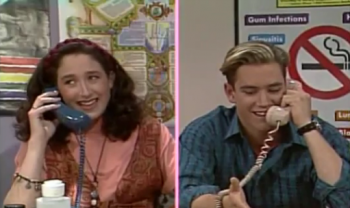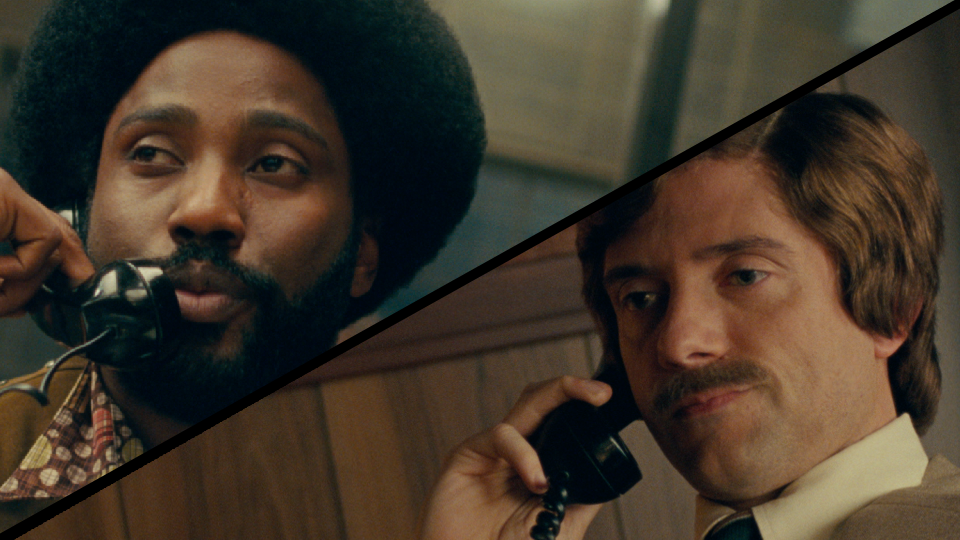Writing a screenplay isn’t an easy task; you need a quiet place with lots of time and energy. You have to execute many things about the script such as writing about the characters, plot, conflict, scenes, objectives, and conversation. If there is a phone conversation in the script between the protagonist or antagonist or the other screenplay characters, you must know how to write a phone conversation in a screenplay.
You can learn in this article three methods of writing a phone call conversation in the script and the dos and don’ts surrounding phone call dialogue. For example, use beats when someone’s listening to the other end of the call.
Determine A Phone Situation
The first thing to keep in mind is why a screenwriter chooses one phone scenario. Placing a phone call in the script is to choose to focus on one character that the audience sees and hears because the other end is irrelevant. Another reason may be that the audience has a clear vision of what’s happening and it’s unnecessary to cut back and forth between characters from the dialogue. There are three main ways to write a phone call in a screenplay. Let’s kick it off with the simplest method.
How To Write A Phone Conversation In A Screenplay Method #1: Single Character Only
As mentioned above, the format is just like regular dialogue as it is best for phone conversations. So you may not need to mention a subordinate under the character name saying ‘on the phone’ or ‘into the phone’ because you have already indicated the character’s picking up the phone, so it’s not needed to repeat. The other thing you should avoid is filling single-sided conversations like this with a beat every time the character is listening.
It will ruin your script, and besides, actors do not like to be told every time what to do and when to pause between phone call dialogue. During one-sided phone conversations when a character is dealing with many other things, parenthetical used instead.
How To Write A Phone Conversation In A Screenplay Method #2: Voiceover (V.O.)
The second method is a voiceover and can be formatted the same as above, except you can hear what the other character on the other end is saying through the use of voiceover. But the terms used in writing the script of phone calls results in using (O.S.) and (O.C.) instead of (V.O.). If the character on the other end is not off-camera, in the same scene, and in an entirely different location, the voiceover is the correct format.
How To Write A Phone Conversation In A Screenplay Method #3: Intercut Technique
The format is used in long phone calls and seems to cause the most problems in spec scripts. Intercut is a technique inserted in the phone call conversation to jump from one location to another and shows both ends of the call on screen at the same time. It is a two-sided conversation format to establish one character in one location, then another character in the other location.
Add an INTERCUT-PHONE CONVERSATION and continue the conversation dialogue if they are in the same location. Or the other option is to establish both locations simultaneously using an intercut in the opening slug line. It would be best to keep in mind that there is nothing wrong with adding a slug line before every location and feeling cumbersome.
Screenplay Split-Screen Phone Conversation

It is another form of phone conversation used in the 80s 90s on television but has remained fairly rare in film. It is a variation of seeing and hearing both characters during a phone call to use a SPLIT SCREEN. The important thing is to remember to not drag it down by small details. In most cases, it doesn’t matter if you use dash or not or place information in the slug line and the scene.
It is the most complicated part of writing a phone conversation in the screenplay because you have to remember each person’s position. It could become more complex if there are multiple people as in more than two people. Let’s learn how to write a split-screen phone conversation. You can do it by first establishing all parties involved in the phone call. Then write the first piece of dialogue, and when all parties on the phone have been introduced, you write “SPLIT SCREEN — PHONE CONVERSATION.”
It is used explicitly in comedy movies because people might feel comedic, even if you are not trying to be funny. However, the comedic split-screen conversation has been built over decades and isn’t likely to change in one movie. Split-screen conversation brings the film to a higher level.
Should You Even Use Phone Calls At All?
Before adding the phone call to the screenplay, you must focus on whether it is necessary to insert a phone call. It has become the fashion in recent times to tell aspiring writers not to add phone conversations from screenplay altogether. So the phone conversation is replaced with face-to-face interactions instead; however, it depends on the story. You must check if it needs a phone call in your script; you need it not because the screenwriting guru tells you. Just make sure you’re confident you know why it’s there for a reason.
Conclusion
The above article mentioned all details regarding how to write a phone conversation in a screenplay and their benefits. You can go through the three ways of writing them according to your story and the theme you are using for writing the script. There is no need to explain the reactions or expressions while writing the phone call. The protagonist should react according to what’s being said. Sometimes they don’t like to be told each and everything, so it’s on them to visualize and act it out instead of writing about it in the phone conversation.
Leave A Comment
As you know, this site is dedicated to helping screenwriters. Leave a comment to make the content easier to find for other screenwriters.
Related:


Leave a Reply